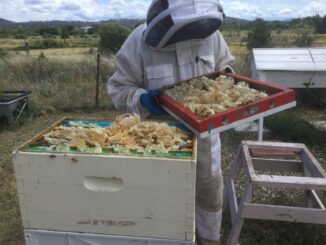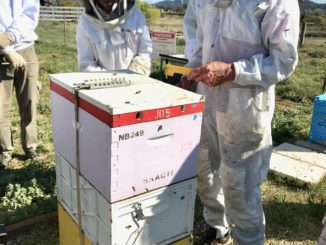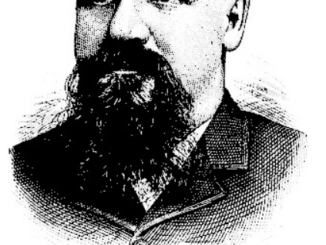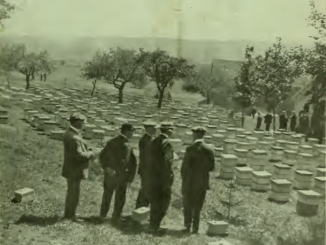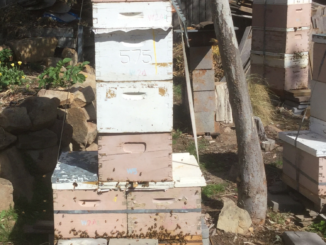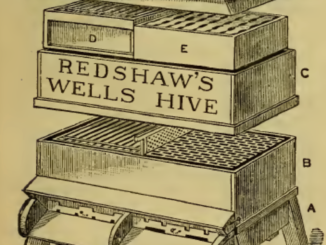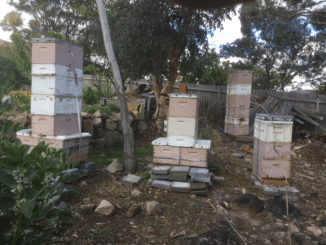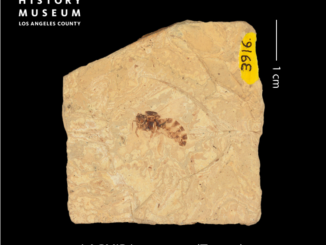
Bee Buzz Box August 2020 A History of Two-Queen Hives Part I – The origin of the single-queen colony
Alan Wade The honey bee colony is almost always headed by a single queen irrespective of its natural or managed state. However finding a second queen is not uncommon. It routinely occurs when colonies are […]

